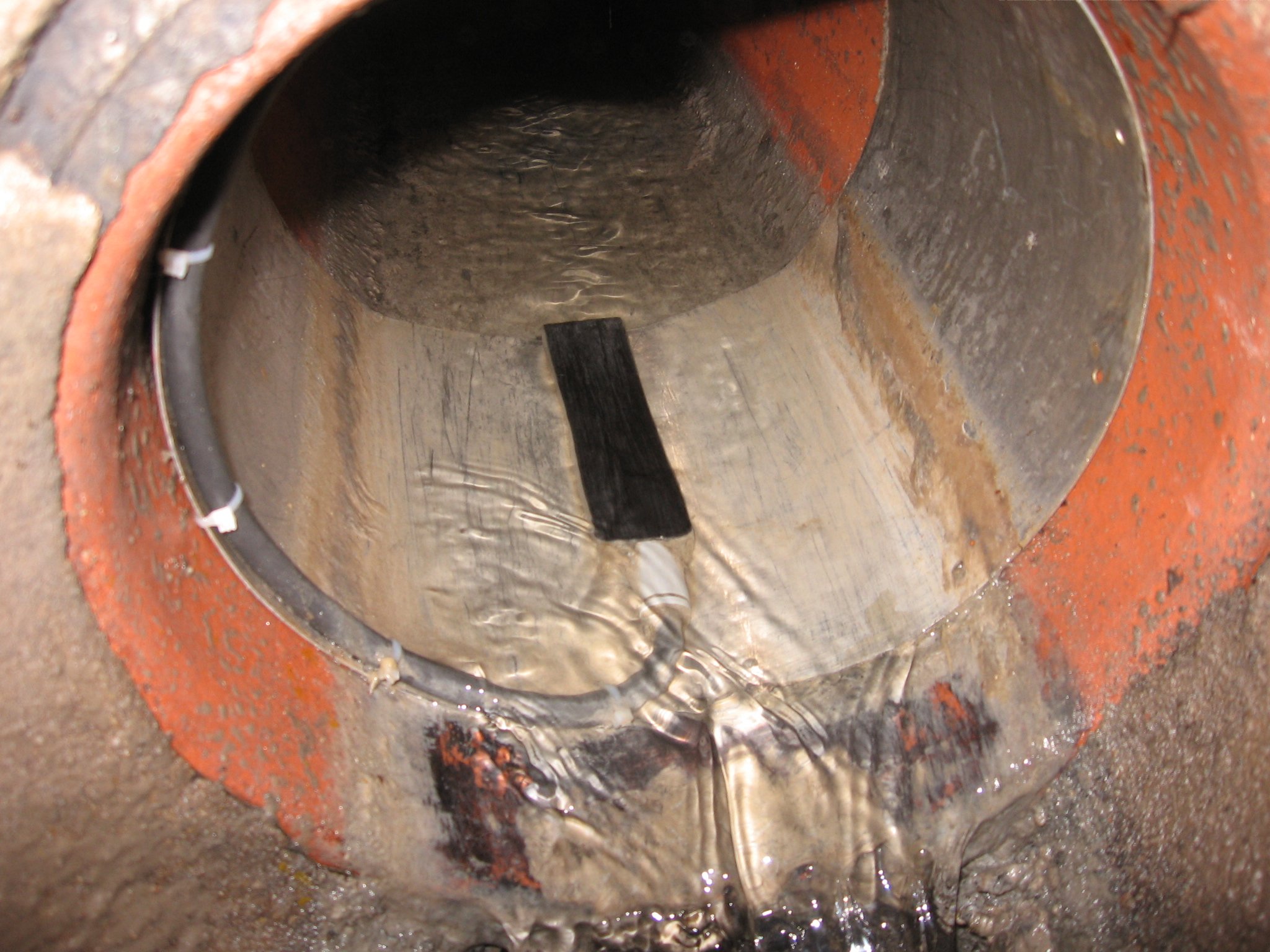The old adage “preparation is key” couldn’t ring truer when applied to protective coatings in the corrosion prevention, water, and wastewater industries. Whether safeguarding a water storage tank against the elements or enhancing the lifespan of wastewater treatment process equipment, applying protective coatings is only as effective as the surface preparation performed before it is applied. V&A’s new blog post discusses the significance of surface preparation and provides an overview of industry standards. Protective coatings offer the first line of defense against the harmful effects of a corrosive environment on infrastructure.
Pipeline Electrical Continuity: An In-Depth Guide to Evaluation Techniques
Embarking on a journey to ensure the longevity and reliability of buried pipelines involves critically examining their electrical continuity. Understanding a pipeline's electrical continuity is paramount, especially when considering implementing cathodic protection systems to safeguard against corrosion. In this blog article, we dive into the complexities of determining electrical continuity by exploring corrosion experts' methods to test for continuity along existing pipeline alignments.
The Significance of Study Duration in Sewer Flow Monitoring Programs
V&A’s latest blog article unravels the critical role of study duration in sewer flow monitoring programs. From hydraulic modeling and RDII analysis to compliance monitoring, we explore why the clock matters in understanding the operation of sewer systems. In wastewater infrastructure management, sewer flow monitoring programs are a critical tool for assessing the functionality and efficiency of sewer systems. A key parameter influencing the precision and reliability of these programs is the duration over which monitoring takes place.
This article explains why study duration is pivotal in extracting meaningful insights. From the nuanced calibration requirements of hydraulic models to the meticulous analysis of Rainfall-Dependent Infiltration and Inflow (RDII), the time-based scope of monitoring programs is a decisive factor in informing data-driven decision-making for sustainable sewer system operation.
Cell-to-Cell Surveys for Identifying Active Corrosion on Mortar-Coated Steel Pipes
Corrosion in infrastructure systems, such as steel pipes, significantly threatens their structural integrity and longevity. Detecting and monitoring corrosion promptly is crucial to ensure the safe operation of these infrastructure assets. In the case of mortar-coated steel pipes, corrosion can occur underneath the protective mortar layer, making it challenging to identify without invasive investigative techniques. Cell-to-cell surveys assess the likelihood of active corrosion on mortar-coated pipe materials due to the loss of intimate contact between the steel cylinder and the mortar coating.




